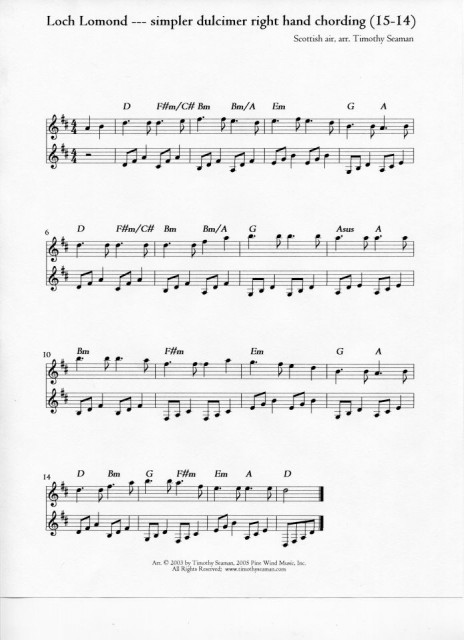Lots of sheet music has chords written over the top of the staff. For example, if the key signature of the notation has one sharp, you might see chords that start and end with ‘G’, in which case the tune is most likely in the key of G Major. It may start and end with ‘Em’, meaning probably that the key is E Minor, which has the same notes and chords as G Major, except that the scale starts on a different note.
Those chord designations are often used by guitarists, who have learned a shape for their fingers to use as they press down on the strings at certain frets to get the notes of the particular chord that’s named on the sheet music at that time in the melody.
And the name of the chord usually implies that the bass note of the chord is the same as the name of the chord. (That’s called the ‘root of the chord’.) For example, if the sheet music says ‘G’, one would assume that the bass note of the chord (often played on the sixth string of the guitar) is low G.
But then there are times that you see a chord with a slash after it, then another letter. What in the world??
Well, it’s simple: the slash indicates that the letter that follows it is a bass note that is not the same as the name of the chord. For example, if it says ‘G/B’, you’re to play the G chord, but with a B in the bass rather than a G. If it says ‘Em/D’, the bass note is D. In the first example, the bass note is one of the notes from the chord; in the second example, the bass note is not a note from the chord, but is added to the chord.
There are many different contexts in which a person who arranges a piece might use slash chords --- but one interesting and common one is a walk-down, in which the bass line is moving down one scale step at a time, even if the chord stays the same, like in my version of the old Scottish air ‘Loch Lomond’ (‘You take the high road, and I’ll take the low road…’): D D/C# D/B D/A….
Once you get a feel for how this is done, it can make your music-reading easier, and it can open the door to wonderful arrangement colorings that are worth knowing about!





Comments